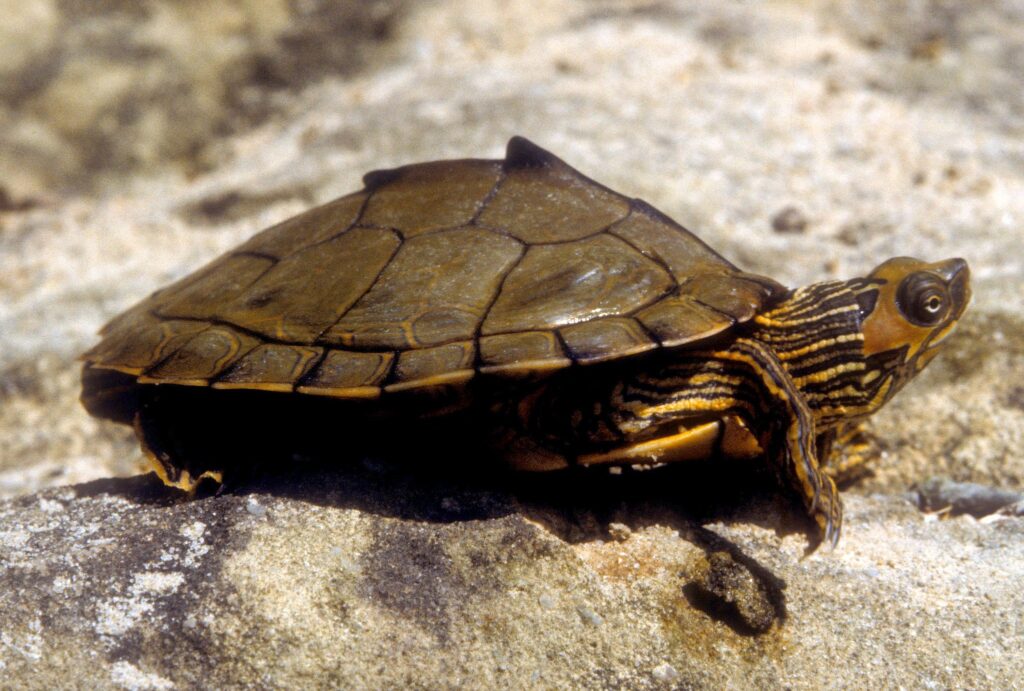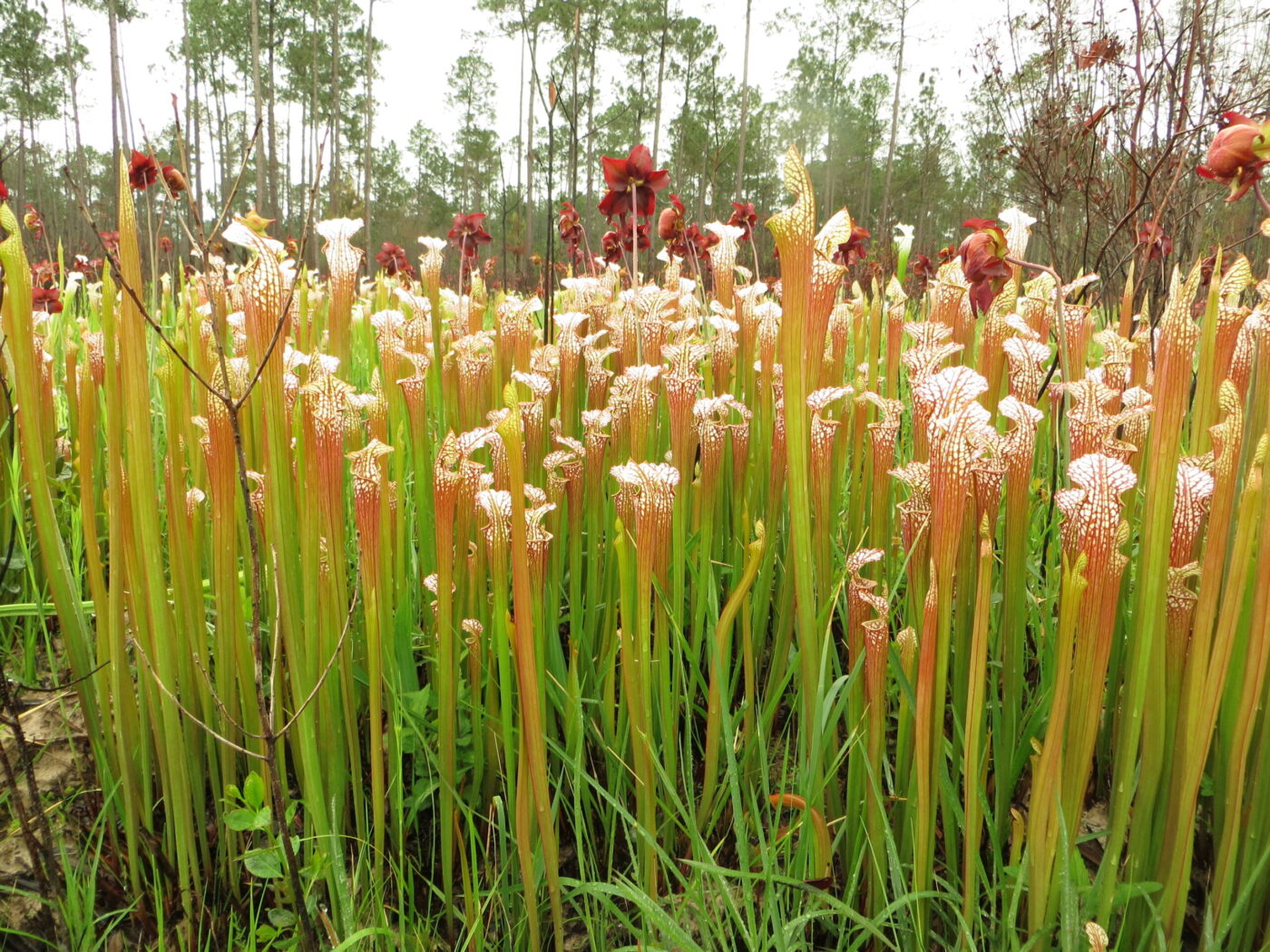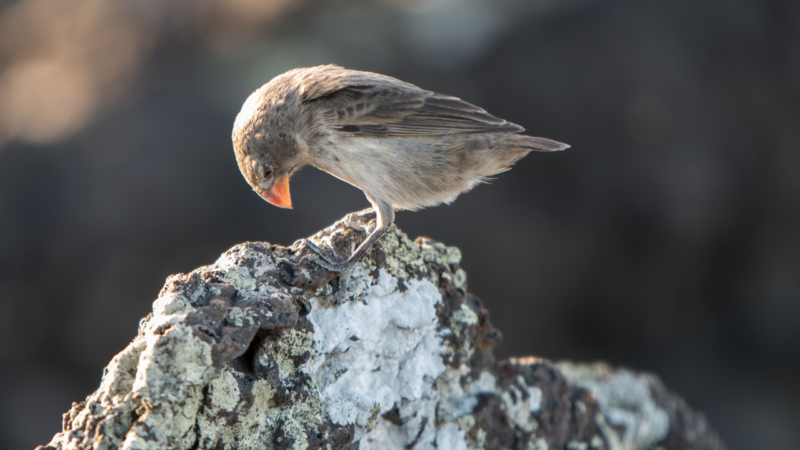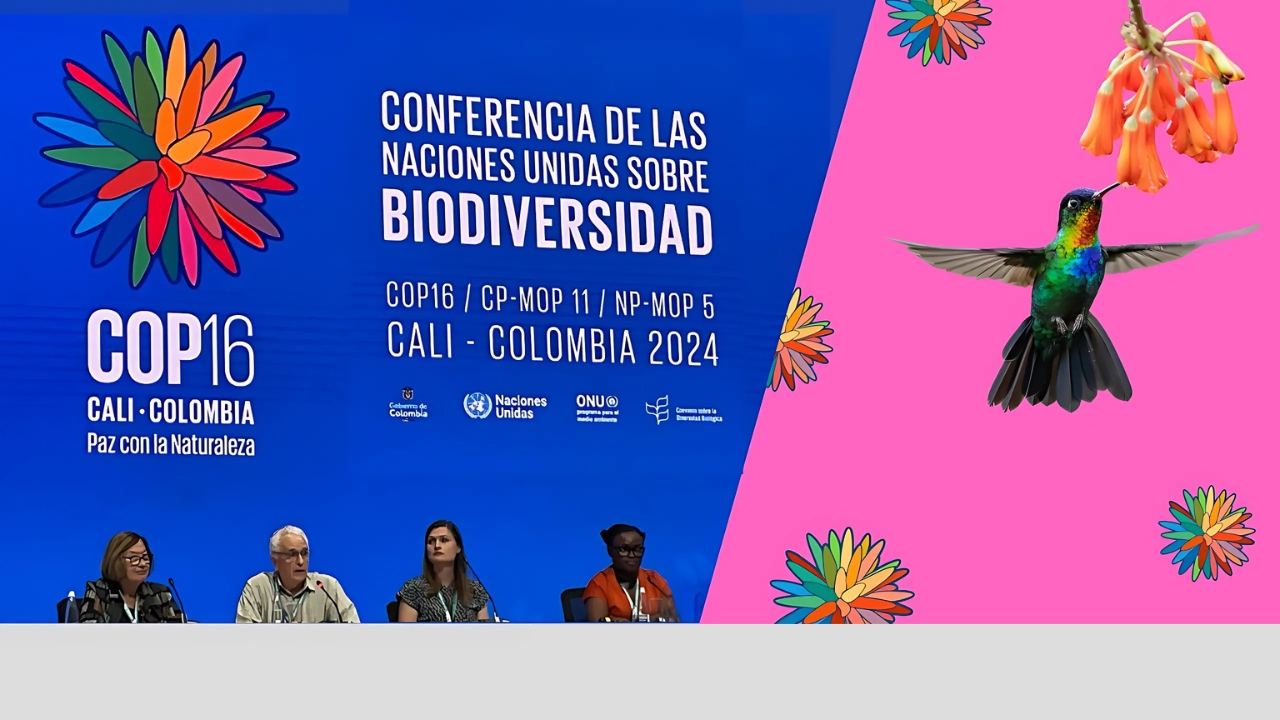
Private land conservation could be key to meeting Biden’s 2030 environmental goals
UCLA-led study finds voluntary legal agreements protect at-risk species more efficiently than public lands
In January, President Joe Biden issued an executive order pledging to conserve 30% of United States lands and waters by 2030. Although political opponents called it a “land grab,” the plan does not explicitly call for the government to take private land. Instead, it aims to work with private property owners voluntarily.
A new study led by UCLA conservation biologist Peter Kareiva concludes that approach could prove to be the most effective and practical way to reach the Biden administration’s 30% goal. The paper underscores the importance of private lands to plants and animals that are at risk for population decline and extinction. It also explains why conservation easements — voluntary and permanent legal agreements to restrict certain property uses — are crucial tools to protect wildlife.
The paper, published in Conservation Science and Practice, focused on 49 easement-protected private properties spanning less than 12 square miles in Alabama — locations the scientists chose in part because of the large concentration of at-risk species living there. The areas, located in clusters around the state, are home to 116 at-risk species that are officially designated by Alabama or the federal government as worthy of special conservation effort. Ninety-two of those 116 species are not found at the state’s Conecuh National Park, which protects 10 times as much land.
Another reason the researchers focused on Alabama is that it has the second most federally listed endangered species of any state in the continental U.S., and a very low proportion of public lands compared to its overall size.
The research was based on in-person sampling — which looks at a determined representative portion of the larger area — and direct species counts by biologists, along with existing documentation of at-risk species.
“The U.S. has a fabulous national park system, which, along with wilderness areas, represents the majority of public conservation lands,” said Kareiva, a UCLA adjunct professor and the former director of the UCLA Institute of the Environment and Sustainability. “But few people realize that a large number of threatened and endangered species are found only on, or primarily on, private lands.”
Conservation easements are one of four primary strategies for protecting at-risk species. The other three options are land acquisition by government entities, land acquisition by nonprofit organizations and governmental regulations. An easement is the legal right to use the property of a landowner; in conservation, easements often restrict the amount and type of future development on that property. Future owners of the property could, for example, be limited in how many buildings they are allowed to construct or prevented from mining on the land.
And because easements are voluntary, private landowners and conservation land trusts have increasingly turned to them as their primary tool for conservation.
Of course, not all private lands have the same conservation value. In the new paper, the authors specifically evaluate easements’ value by focusing on whether species that are a high priority for conservation are present.
While they found that the Alabama easements are highly effective at protecting at-risk species and habitats, the authors also recommend that similar studies be conducted in other regions to generate a more complete picture of the value of conservation easements. Noting that future studies will need to take into account the unique characteristics of each region, the paper also recommends best practices for future research projects, including sampling during multiple seasons to detect species that use the land at different times or in different ways.
Such studies — and the insights they produce — will be essential if easements are to succeed as a conservation strategy over the next decade, said Kareiva, who in addition to his role at UCLA is now president and CEO of the Aquarium of the Pacific in Long Beach.
“If we are driven by data and build information on species recorded on easement lands, we can make the public–private mix of conservation lands work. It is the only way we will be able to protect the nation’s biodiversity.”




